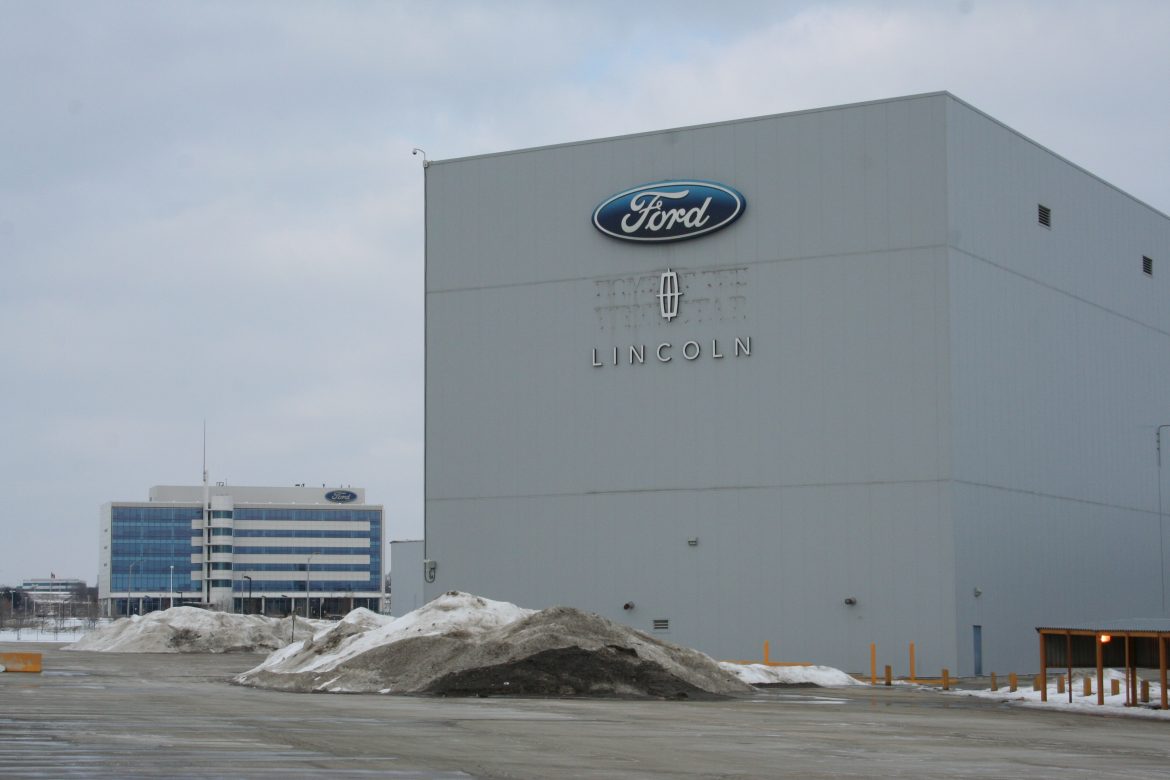Ford’s Chief Executive Officer, Jim Farley, has revealed that the automotive giant is closing in on a groundbreaking achievement – offering drivers the ability to take their eyes off the road and their hands off the wheel within the next two years. This cutting-edge technology, known as Level 3 autonomy, would enable the car to take over the driving task under specific conditions, freeing the driver to divert their attention to other tasks.
“We’re getting really close,” Farley stated in an interview with Bloomberg TV’s David Westin on May 31. “We can do it now pretty regularly with a prototype, but doing it in a cost-effective way is just the progress we’re going to need to make.”
Farley expressed confidence in Ford’s ability to make rapid strides in this area, positioning the company to potentially become the first mass-market car brand to offer Level 3 autonomy by 2026.
The implications of this technology are far-reaching, promising to redefine the in-car experience for drivers. As Farley explained, “Level 3 autonomy will allow you to go hands and eyes off the road on the highway in a couple of years, so then your car becomes like an office. You could do a conference call and all sorts of stuff.”
While Ford and other automakers currently offer hands-free driving features, these systems still require the driver to maintain focus on the road ahead, often employing eye-tracking devices to ensure compliance. Ford’s system, known as BlueCruise, is currently under investigation by US safety regulators after being involved in fatal crashes.
Despite the promise of Level 3 autonomy, Ford acknowledges the challenges posed by regulatory scrutiny and environmental conditions. Farley suggested that Ford’s system would operate at speeds of up to 80 miles (128.7km) per hour on the highway, but only under clear skies. “We only think we can do it on sunny days,” Farley said. “Heavy rain and stuff make it difficult to do it at 80 miles an hour.”
This cautious approach underscores the company’s commitment to safety and the need to navigate regulatory hurdles as they push the boundaries of autonomous driving technology.
Ford’s pursuit of Level 3 autonomy is not solely driven by technological ambition; it also aligns with the company’s broader strategy of generating recurring revenue through software subscriptions and services. Farley sees features like BlueCruise and the forthcoming eyes-off-the-road driving as opportunities to entice individual retail customers to subscribe to high-margin software services, smoothing out the cyclical nature of the car business.
As the race towards autonomous driving intensifies, Ford’s bold vision to offer Level 3 autonomy by 2026 positions the company at the forefront of a transformative shift in the automotive industry, promising to reshape the driving experience and unlock new revenue streams through software-driven services.



